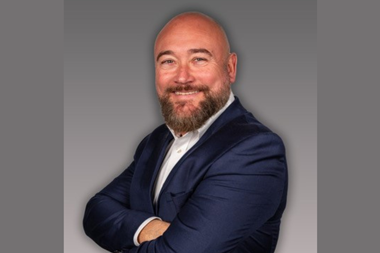Anthony Hilton says Lloyd’s insurers will face the legal consequences of the US sub prime debacle while their shareholders are seeking better management
The turmoil in the debt and equity markets in recent weeks has understandably diverted attention from the world of insurance, where in comparison with what has been happening elsewhere the short term outlook is relatively benign.
Longer term however there are issues. Number one is the insurance cycle and how the industry is going to respond. The Monte Carlo reinsurance Rendezvous comes up in a few weeks’ time and that will give the first clear indication of thinking and trends for next year’s renewals, but going into that meeting the general consensus is that prices are coming down sharply.
This has been the case in most sectors for most of the year – the most notable exception being US wind-related cover where the legacy of hurricane Katrina lives on.
Rates here remain high, though whether this will remain the case does rather depend on what happens in the remainder of the hurricane season. Last year was of course benign, which meant those with the capital to get into the market post Katrina made splendid returns, and the pattern is being repeated this year though there are still some weeks to go.
There have been storms of course – there always are – but they have not hit expensive areas of the US so the insured economic losses have not been severe.
The hurricane in the financial markets might be a different story. Jonathan Davies, a partner with City law firm Reynolds Porter Chamberlain, went on record a few days ago as predicting a huge amount of litigation against hedge funds, investment banks and other firms who have lost investors a lot of money as a result of the US sub prime market debacle.
He says securities fraud class actions are already being launched in the US and hedge funds over there and over here might face claims for misrepresentation and negligence, the more so because the trustees of pension funds who have recently become investors in these vehicles may be advised that their fiduciary duty requires them to litigate.
A lot of the cover for these financial institutions for negligence, professional indemnity and directors’ errors and omissions has been placed in the London market and it is there that the eventual losses may fall.
Elsewhere however it is a different story. Rates in most classes of business have been under pressure all year, the trend is for them to go lower, and it is hard to see what might happen to make the market change direction.
The key issue therefore is managing the cycle. Will the industry players seek to maintain market share so all their capital is utilised and push rates lower to suck in the business? Or will they maintain rating discipline and turn business away rather than write what they believe could well be unprofitable?
Of course the insurance cycle is as old as the business itself and if history is any guide rates will fall. Each cycle begins with exhortations to be sensible and ends with an undignified scramble to accommodate even the most unreasonable clients.
There are always people who will cut rates because they think they can beat the odds. What is different this time however is that this is the first downturn where the major participants in the Lloyd’s market are publicly-owned quoted companies. The big issue therefore is whether these external shareholders will demand a better class of management than we have seen in the past – a management which returns to shareholders the capital it cannot use, rather than blowing it on a rate-cutting war.
It is therefore the first big test both of the new insurance companies which have been created from the old Lloyd’s syndicates, the people running them, and their investors.
The chief executive of one of these businesses is strongly of the view that now is the time for mergers between these businesses. Profitability will come under pressure, he says, so the strategic response should be nil premium mergers. And once these have been achieved the executive should take the knife to the poor quality business, cut costs and return the capital that had been supporting it to shareholders.
The combined business would be smaller than the sum of its parts, but it would be focused on the best lines from the constituent companies. This would achieve two things. The new company would have top quality lines and be superbly positioned to weather the downturn and capitalise on the eventual upswing.
Second, discarding the poor quality business would help reduce industry capacity overall. So far there has been no evidence of this happening, though it is an idea being talked about. Unfortunately, the turmoil in the equities markets does not help, but hopefully that storm will pass and leave the insurance industry clear to focus on what it needs to do to remain profitable.
Anthony Hilton is finance editor of the London Evening Standard




































